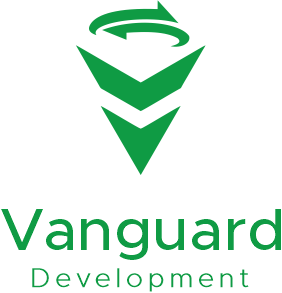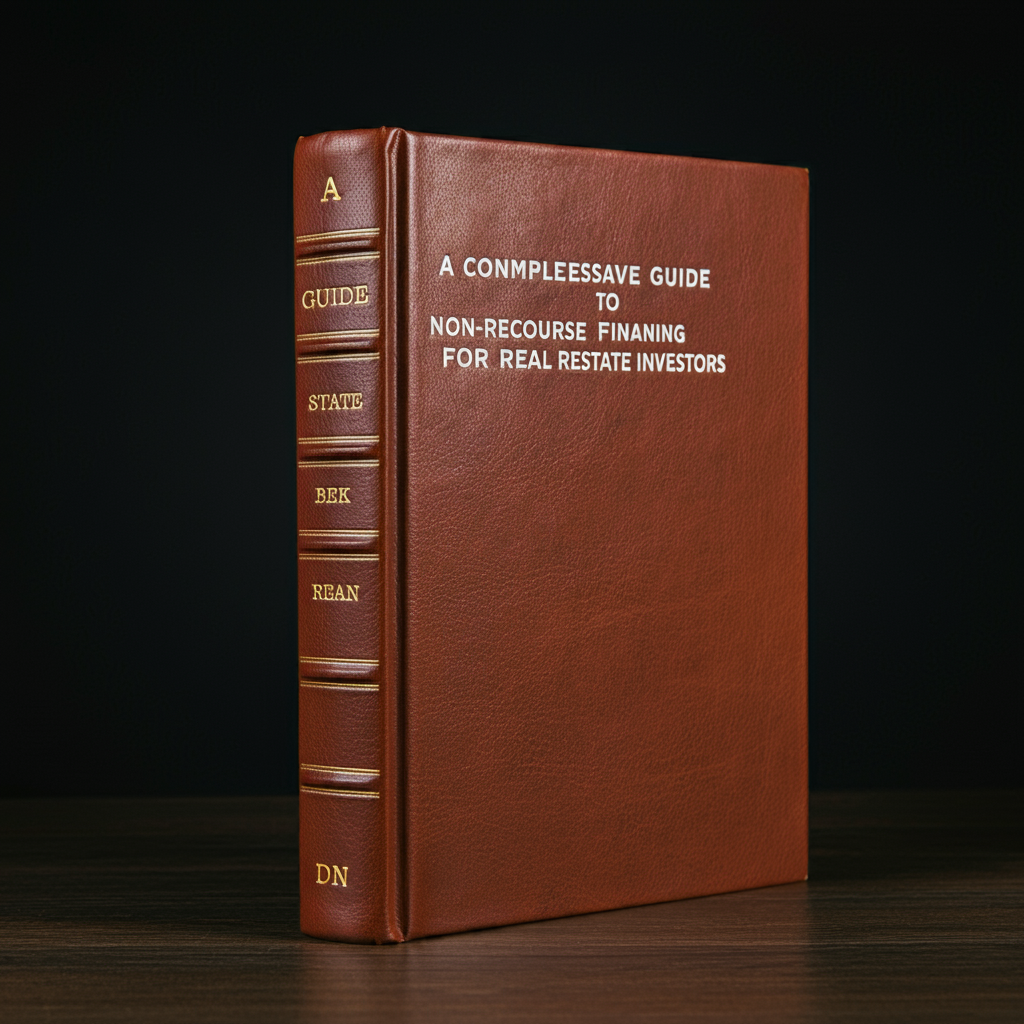A Comprehensive Guide to Non-Recourse Financing for Real Estate Investors
In the dynamic world of real estate investment, securing financing can often be a daunting task. Among the various financing options available, non-recourse commercial project financing stands out as an attractive solution for savvy investors.
This comprehensive guide will delve into the intricacies of non-recourse financing, its benefits, challenges, and how it can be effectively leveraged to maximize your real estate investment strategy.
What is Non-Recourse Financing?
Non-recourse financing refers to a type of loan where the lender’s only claim for repayment is against the collateral itself, rather than the borrower’s personal assets.
In the context of commercial real estate, this means that if the project fails, the lender can only seize the property and cannot pursue the investor’s other assets. This makes it an appealing option for real estate investors looking to minimize their personal risk.
Key Characteristics of Non-Recourse Financing
- Limited Liability: Investors are only liable for the property itself, providing a layer of protection for personal assets.
- Collateral-Based Lending: The loan is secured by the property’s value and cash flow potential rather than the borrower’s creditworthiness or income.
- Higher Interest Rates: Non-recourse loans often come with higher interest rates compared to recourse loans, reflecting the increased risk taken on by lenders.
- Stricter Qualification Requirements: Lenders typically require thorough due diligence, including a strong project feasibility analysis and a solid business plan.
Advantages of Non-Recourse Commercial Project Financing
1. Risk Mitigation
One of the most significant advantages of non-recourse financing is the protection it offers investors. In the event of a downturn, investors can walk away from the project without risking their personal finances. This mitigates the stress associated with project failures and allows for a more strategic approach to investment.
2. Enhanced Cash Flow Management
Since non-recourse loans are secured by the property’s income potential, investors can focus on optimizing cash flow from their projects. This is especially beneficial for those investing in income-generating properties such as commercial real estate, multifamily units, or retail spaces.
3. Leverage for Larger Investments
Non-recourse financing allows investors to leverage their investments without exposing their personal assets. This can lead to larger and potentially more lucrative projects, increasing the overall return on investment (ROI).
4. Attractive to Institutional Investors
Institutional investors often prefer non-recourse loans as they align with their risk management strategies. This can make it easier for individual investors to secure financing when they can present their projects to institutional lenders.
Disadvantages of Non-Recourse Financing
1. Higher Costs
While non-recourse loans provide security, they often come at a higher cost. Lenders may charge higher interest rates and fees, which can impact overall profitability. Investors must carefully weigh these costs against potential returns.
2. Stringent Qualification Criteria
Obtaining non-recourse financing can be challenging. Lenders typically require a thorough review of the project’s feasibility, the borrower’s experience, and sometimes a substantial equity contribution. This can create hurdles for less experienced investors.
3. Limited Availability
Not all lenders offer non-recourse financing, and those that do may have specific requirements that limit accessibility. This can make it more challenging to find the right financing option for your project.
How to Qualify for Non-Recourse Financing
1. Prepare a Solid Business Plan
Lenders will require a comprehensive business plan that outlines the project, anticipated cash flows, and an exit strategy. A well-structured plan demonstrates the investor’s commitment and understanding of the project.
2. Conduct Thorough Due Diligence
Investors should conduct extensive market research and property evaluations to support their financing application. This includes analyzing local market conditions, property values, and potential rental income.
3. Showcase Your Experience
Lenders prefer to work with experienced investors who have a proven track record in managing similar projects. Highlighting past successes can significantly enhance your chances of securing non-recourse financing.
4. Offer Adequate Collateral
While the financing is non-recourse, lenders will still want to ensure that the property being financed has sufficient value and income potential to cover the loan. Offering additional collateral, if possible, may improve your position.
Types of Non-Recourse Financing Options
1. Commercial Mortgages
Commercial mortgages are a common form of non-recourse financing. These loans are typically used to purchase income-producing properties such as office buildings, shopping centers, and apartment complexes.
2. Construction Loans
For investors looking to finance new construction, non-recourse construction loans are available. These loans cover the costs associated with building a new property and can be converted into permanent financing upon project completion.
3. Bridge Loans
Bridge loans are short-term non-recourse financing options used to quickly secure funds for property acquisitions. They are ideal for investors needing to close a deal quickly while they arrange longer-term financing.
4. Mezzanine Financing
Mezzanine financing is a hybrid of debt and equity financing that is typically used to fill the gap between senior debt and equity. This can be structured as non-recourse, making it an appealing option for investors looking for additional leverage.
Finding the Right Lender
1. Research Lenders Specializing in Non-Recourse Financing
Not all lenders offer non-recourse options, so it’s crucial to find those that specialize in this type of financing. Look for lenders with a strong reputation in commercial real estate.
2. Evaluate Loan Terms
Compare different lenders and their terms, including interest rates, fees, and repayment schedules. Ensure that you fully understand the implications of each loan option.
3. Build Relationships
Establishing a relationship with lenders can be beneficial. Attend industry networking events and engage with lenders who specialize in non-recourse financing to build rapport and gain insights.
The Role of Documentation in Non-Recourse Financing
1. Financial Statements
Providing accurate financial statements is essential. Lenders will want to review your financial history, including income statements, balance sheets, and cash flow statements, to assess your creditworthiness.
2. Property Appraisals
An independent appraisal of the property is often required to determine its current market value. This appraisal helps lenders gauge the risk associated with the investment.
3. Legal Documentation
Investors should be prepared to provide various legal documents, including operating agreements, title deeds, and lease agreements, to support the loan application.
Conclusion
Non-recourse commercial project financing can be an invaluable tool for real estate investors looking to minimize risk while maximizing their investment potential.
By understanding the intricacies of this financing option, preparing thoroughly, and building strong relationships with lenders, investors can unlock new opportunities in the commercial real estate market.
Whether you’re a seasoned investor or just starting, leveraging non-recourse financing can significantly enhance your portfolio and enable you to pursue larger and more ambitious projects.
As with any financial decision, it’s essential to conduct thorough research and seek professional advice to ensure that non-recourse financing aligns with your investment strategy.
By following the insights and strategies outlined in this guide, you can navigate the complexities of non-recourse financing and set your real estate investment journey on a path to success.


Leave A Comment